What is a High-Gain Cellular CBRS LTE 4G 5G External Antenna?
The 12dBi antenna High Gain Cellular CBRS LTE 4G 5G External Antenna CTRF-ANTENNA-FB-60600-25375-N-G is a grey-color fiberglass radome antenna with an Omnidirectional verticle antenna 3G 4G LTE UMTS CBRS 5G NR antenna manufactured by C&T RF Antennas Inc for outdoor applications.
The High Gain Cellular CBRS LTE 4G 5G External Antenna has extra wide-band coverage from 600MHz to 6000MHz frequency, covering 2G/3G/4G/5G/6G wireless network applications.
For the same High Gain Cellular CBRS LTE 4G 5G External Antenna style, we have the WHITE color antenna Omni High Gain 5G NR Antenna for your alternative choice.
High Gain Cellular CBRS LTE 4G 5G External Antenna Features:
Ip67-rated waterproof
UV-proof, durable
Outdoor function
12dBi high-gain antenna
The high-gain 12dBi antenna High Gain Cellular CBRS LTE 4G 5G External Antenna is manufactured by C&T RF Antennas Inc, the internal 4G/5G antennas & external 4G/5G antennas manufacturer in China.
C&T RF Antennas Inc provides different antenna types such as Through-hole Mount Antennas, Magnetic Mount Antennas, Rubber Duck Antennas, Fiberglass Antennas, PCB Antennas, FPC Antennas, Spring Coil Antennas, Sector Antennas, Yagi antennas, etc.
C&T RF Antennas Inc provides the internal-external antenna with many radio frequency bands such as Cellular, 6G, 5G, 4G, 3G, NB-IoT, GNSS, GPS, Dual-band Wifi, 5.8 GHz, 2.4 GHz, 169MHz, 230MHz, 315MHz, 433MHz, 868MHz, 915MHz LoRa, UWB, RFID, ADS-B, etc.
C&T RF Antennas Inc provides single-band, dual-band, and multi-band antennas such as 3in1 combination antennas 4G/GPS/Wifi antennas, 2in1 4G/GPS antennas, GSM/GPS antennas, 4G/Wifi antennas, GPS/Wifi antennas, etc. for Wi-Fi And Bluetooth, GPS And GNSS, LoRa And ISM, IoT, And M2M applications.
High Gain Cellular CBRS LTE 4G 5G External Antennas are available at C&T RF Antennas Inc. C&T RF Antennas Inc offers High Gain 4G 5G External Antenna inventory, High Gain 4G 5G External Antenna pricing, & datasheets for High Gain 4G 5G Antennas.
High Gain Cellular CBRS LTE 4G 5G External Antenna Specifications
High Gain Cellular CBRS LTE 4G 5G External Antenna Electrical Specifications | |
| RF Antenna Type | Omni Fiberglass Antenna |
| Model | CTRF-ANTENNA-FB-60600-25375-N-G |
| Frequency Range | 600-6000MHz |
| Gain | 12dBi |
| VSWR | ≤3.0 |
| Impedance | 50 Ω |
| Polarization | Vertical |
| Directional | Omni-directional |
| Connector | N |
| Cable | Null |
| Max Power | 50W |
| Lightning Protection | DC-Ground |
High Gain Cellular CBRS LTE 4G 5G External Antenna Mechanical Specifications | |
| Dimension | 25*375mm |
| Weight | Approx. 120g |
| Radome Material | Fiberglass |
| Operation Temperature | -20˚C ~ +80˚C |
| Storage Temperature | -40˚C ~ +80˚C |
| Color | Grey |
| Antenna Design | Dipole Array |
| Mounting | Screw |
| Safety Emission and other | RoHS Compliant |
| Applications | ISM/SCADA/Utilities, IoT/NB-IoT/LoRa, 4G LTE/LTE-IoT/5G NR/6G |
What are the key metrics requirements for the 5G standard?
Peak 5G transmission rates
The standard requires a single 5G base station to be able to support at least 20Gbps downlink and 10Gbps uplink, which is the total amount of traffic a single base station can handle.
Theoretically, fixed wireless broadband users could get close to 5G speeds if they used a dedicated point-to-point connection.
In practice, users within the coverage area of a base station will be allocated to use 20Gbps as well as 10Gbps of this data throughput.
5G Connection Density
5G must support at least 1 million connected devices per square kilometer. This sounds exaggerated, but it’s more like for the Internet of Things. This amazing connectivity density will be achieved when all traffic lights, parking spaces, and vehicles are 5G-enabled.
5G Mobility
Similar to LTE and LTE-Advanced, the 5G standard requires base stations to be able to support connections for devices with speeds up to 500km/h (e.g. high-speed rail). In addition, the draft discusses the different needs of different physical locations for base station setups.
For example, indoor and urban centers with high population densities do not need to worry about whether high-speed rail can be connected, but rural or suburban areas need to support pedestrians, vehicles, and high-speed trains.
5G Energy Efficiency
The 5G specification requires high energy efficiency under load and the ability to quickly switch to low energy mode during idle conditions. To achieve this, 5G radios must switch from full-speed mode to energy-efficient mode within 10ms.
5G Latency
Ideally, 5G networks should have a maximum latency of no more than 4ms, compared to the 20ms required for LTE networks. however, to achieve Ultra Stable Low Latency Communication (URLLC), 5G latency must be less than 1ms.
5G Spectrum Efficiency
From the provisions of the draft, the peak spectral efficiency of 5G (bits transmitted per Hertz spectrum) is very close to LTE-advanced, both 30bits/Hz uplink and 15bits/Hz downlink, which is equivalent to 8×4 MIMO.
Actual 5G transmission rates
Regardless of the peak capacity of a single 5G base station, the draft requires download and upload speeds of 100Mbps as well as 50Mbps per user.
High Gain Cellular CBRS LTE 4G 5G External Antenna Fiberglass antenna features
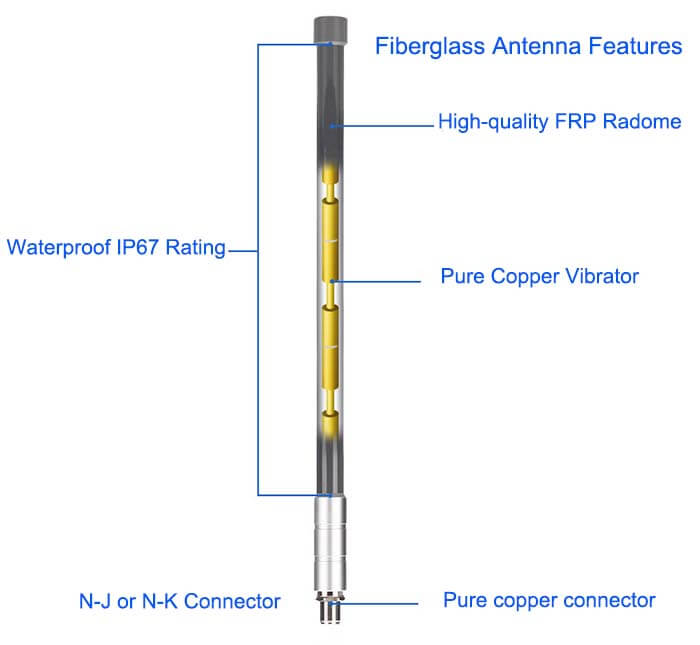
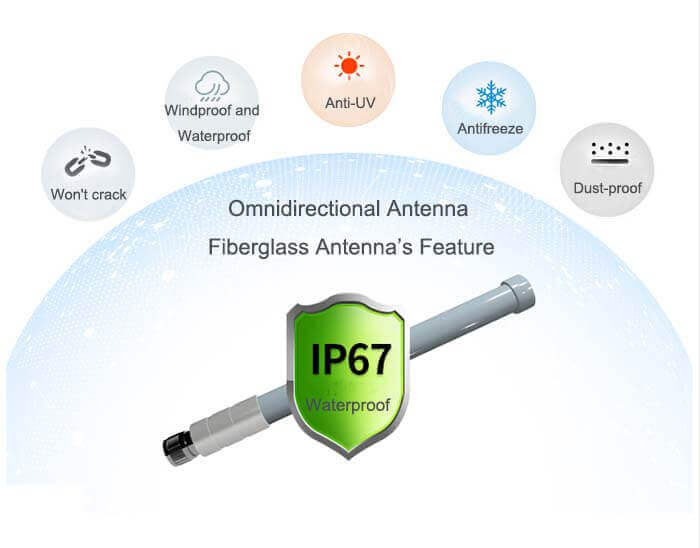
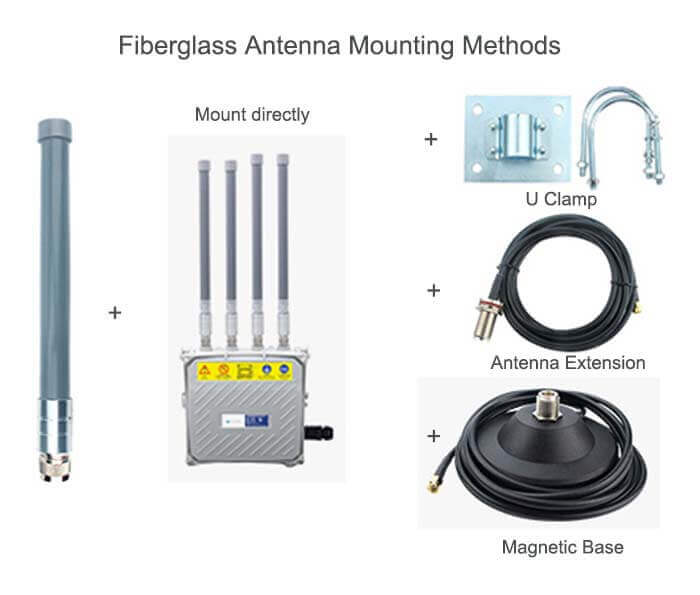
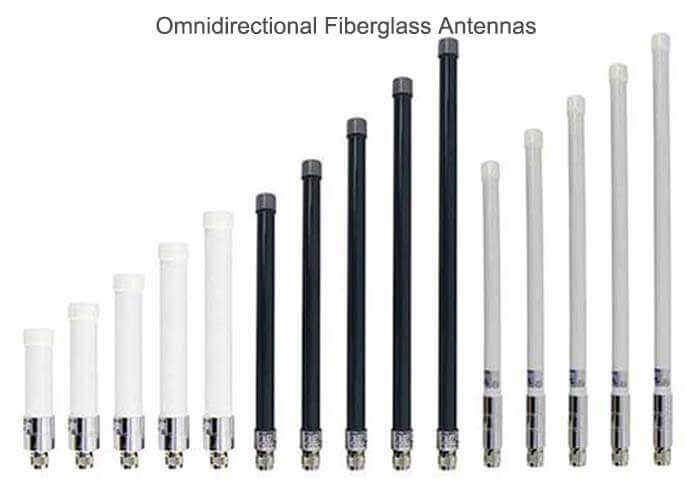
High Gain Cellular CBRS LTE 4G 5G External Antenna Applications


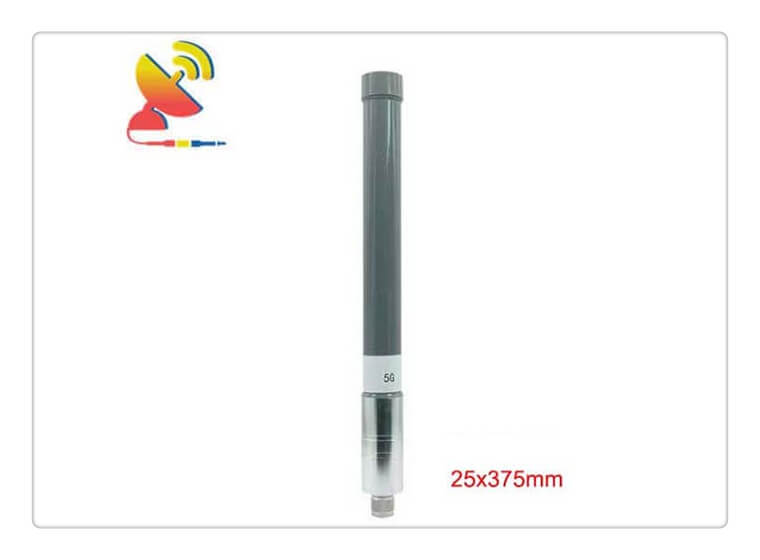
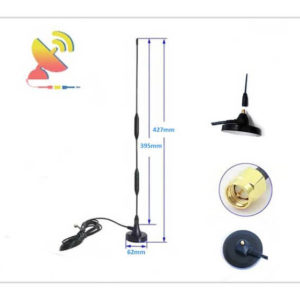
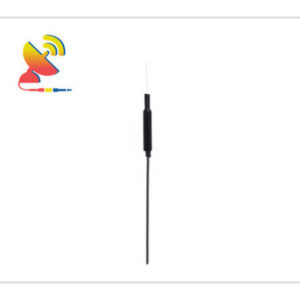
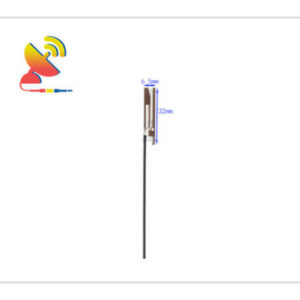
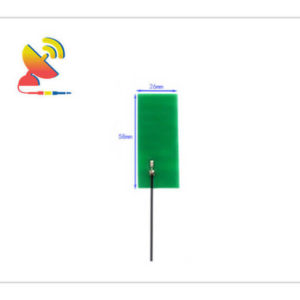
Reviews
There are no reviews yet.